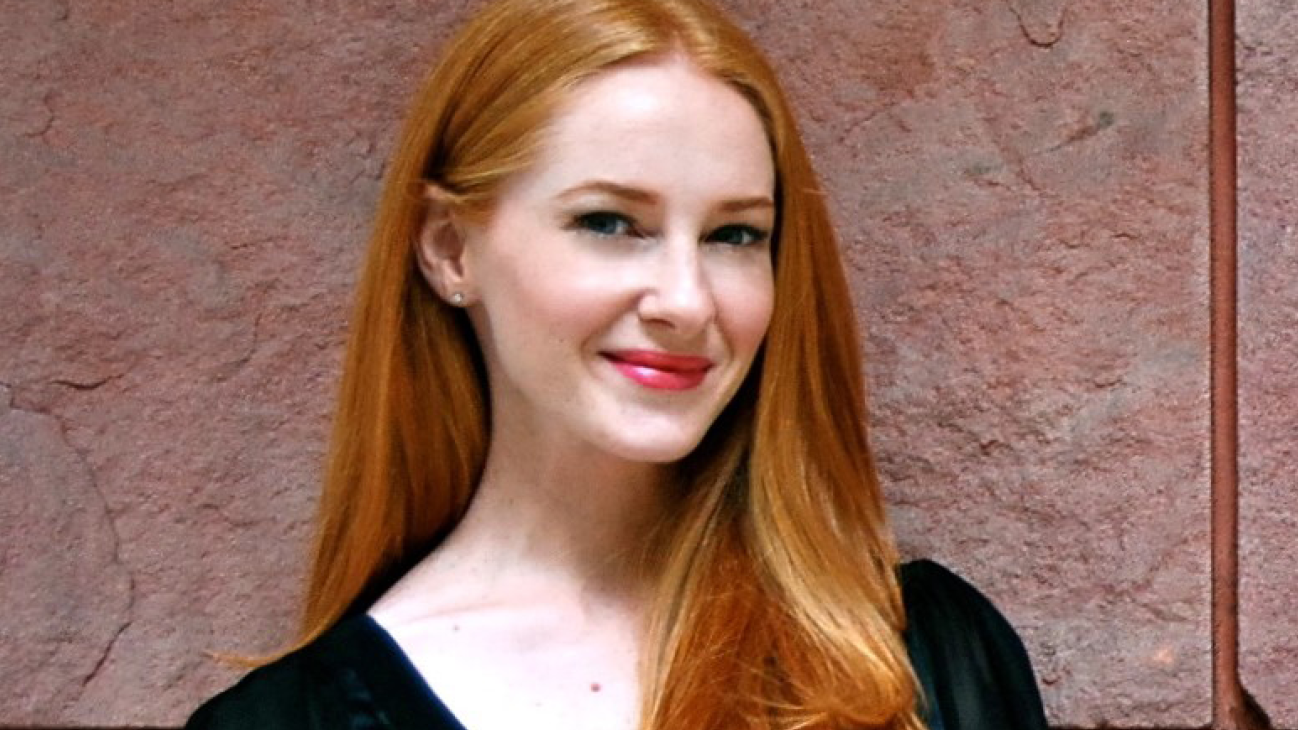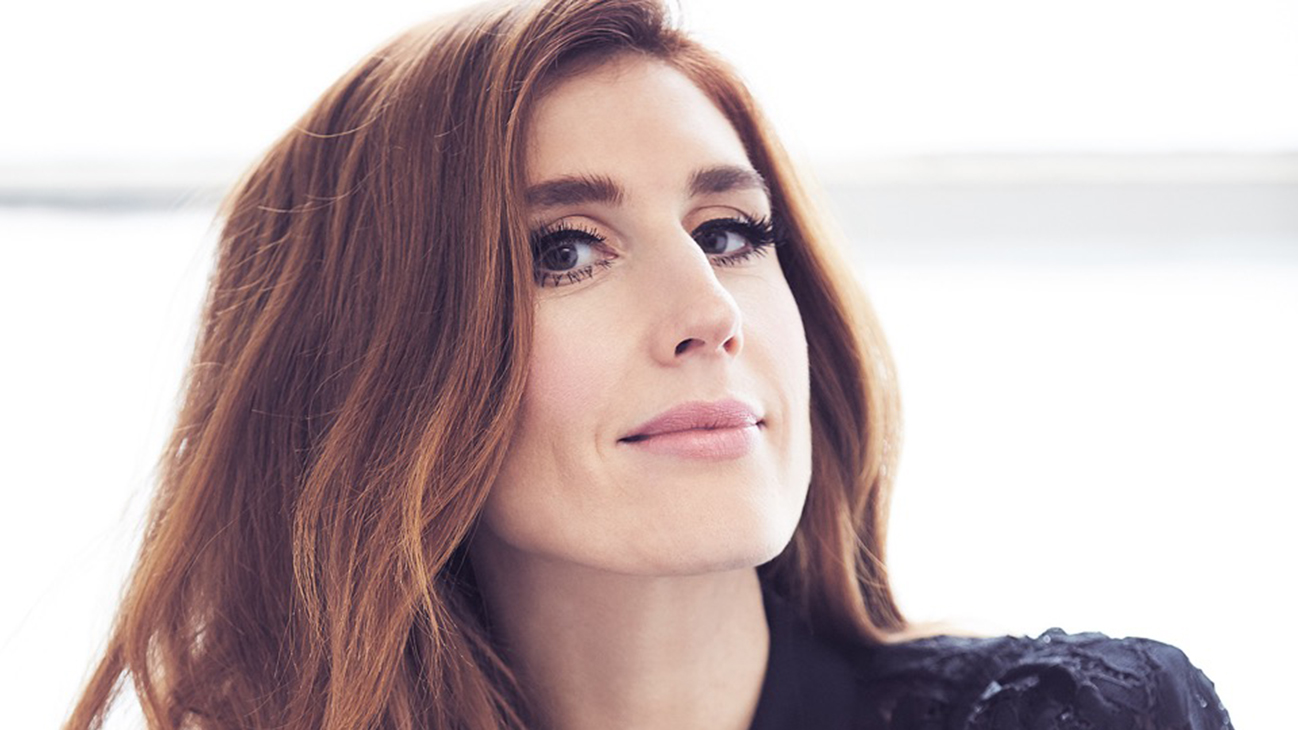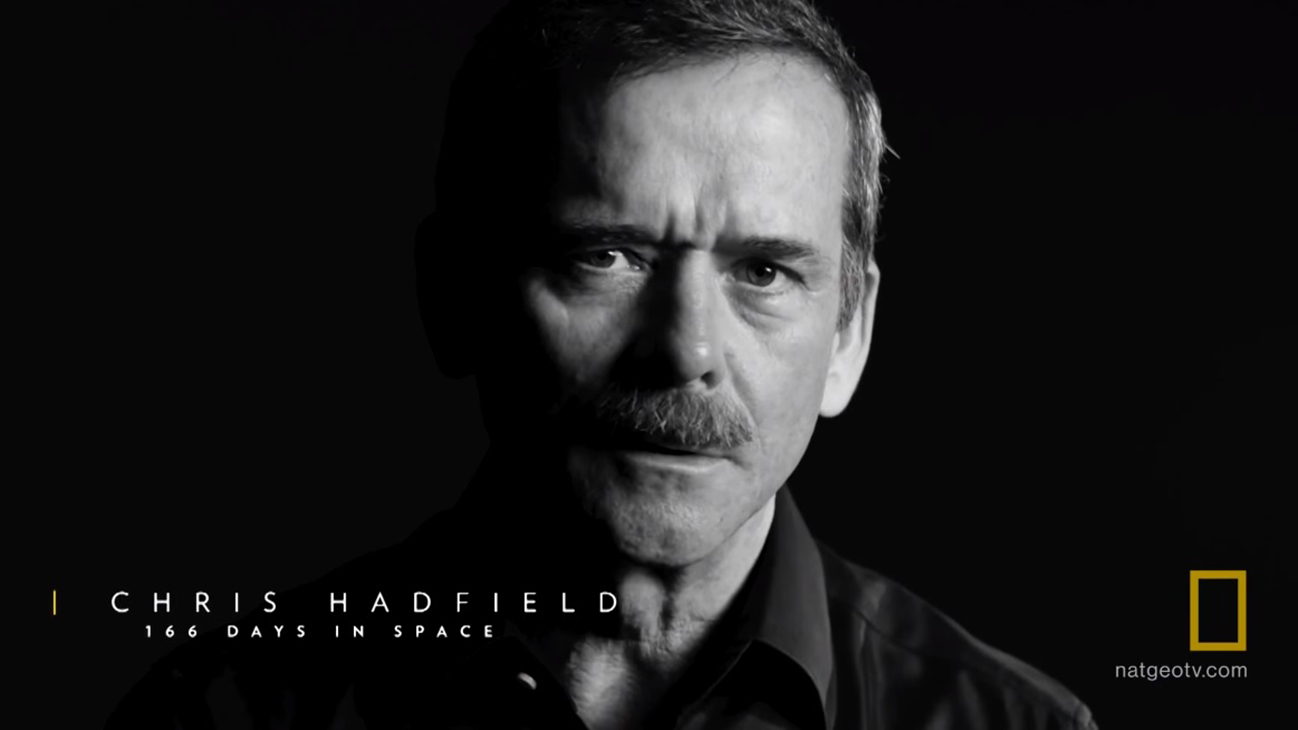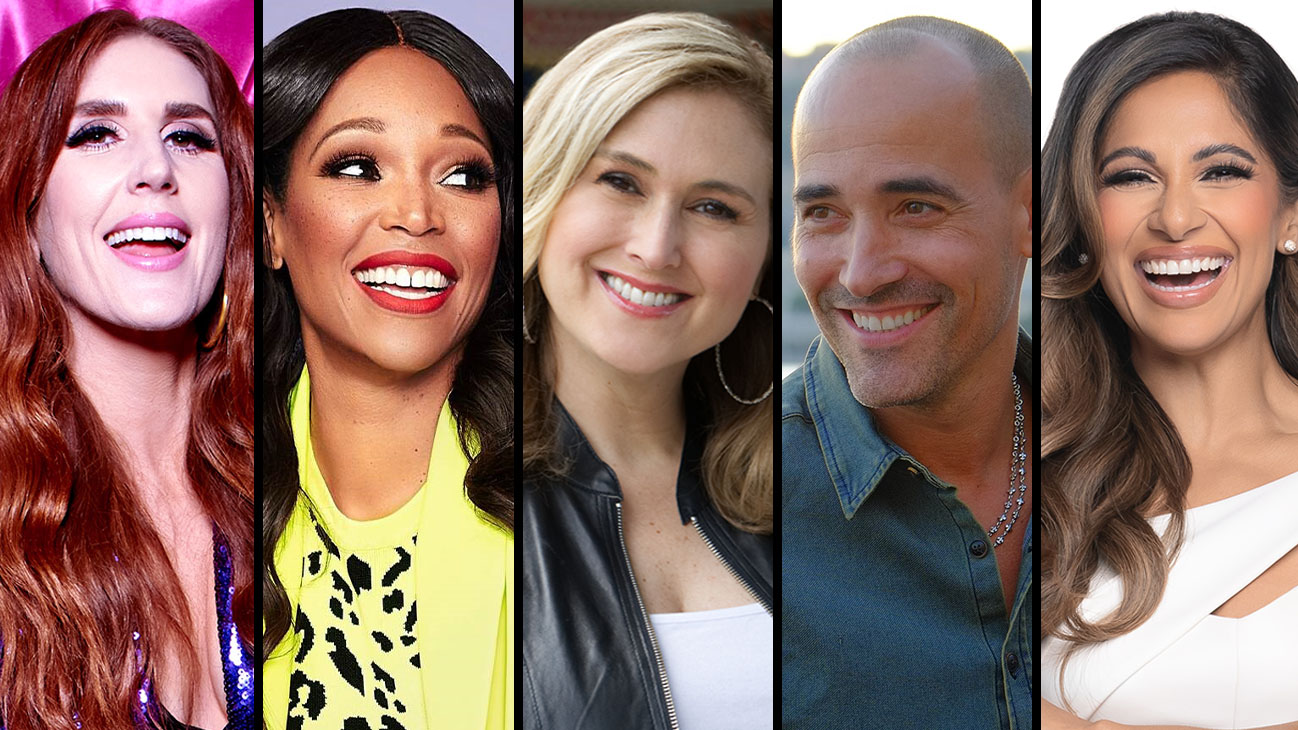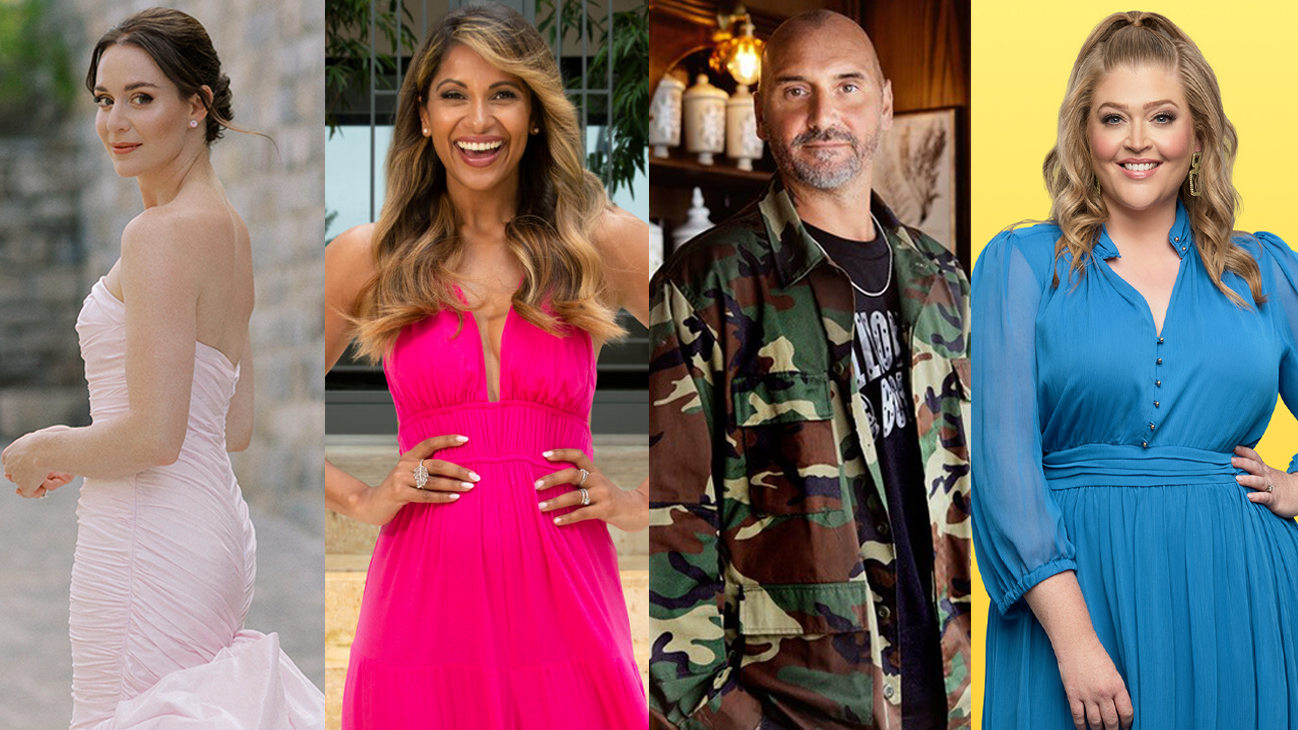By 2019, it’s estimated that there will be more than 2.77 billion social network users around the globe. Your audience lives on social media now, does your marketing strategy?
We spoke with Digital Strategy Consultant Joanna Campbell on how brands can better connect with their audiences using social media. Joanna works with both brands and celebrities on their digital marketing strategies, specializing in crafting strategic social media plans and social-led campaigns.
She shared her top tips on how to develop high-performing social campaigns, including why she believes partnering with popular personalities can provide you with the return on investment that you’re looking for.
SA: Beyond having accounts across social platforms, how can brands better engage with their target audience through social media?
JC: A strategic partnership with an influencer is one of the best ways for a brand to tap into an existing fan base of its target audience. Beyond the initial exposure, when a consumer sees a sponsored post from someone they find interesting and aspirational, it lends credibility to the product. Even though it’s pay-for-play, social media users tend to trust recommendations that come from people they feel connected to, more so than recommendations coming from traditional brand advertising.
Influencer campaigns also give brands the opportunity to get instantaneous feedback. Where else can you post an ad and find out what your consumers think of it within minutes? It’s like real-time focus groups with your target consumers.
SA: If someone has never partnered with talent before on social campaigns, what factors should they consider first?
JC: There are many factors at play when considering which platforms to engage on and there really is no one-size-fits all solution. However, you can start by looking beyond how many fans an influencer has and dive a bit deeper.
Begin by benchmarking how engaged their audience is by looking at likes, comments, and shares on their posts. You may also want to request information on the demographics of their fan base across platforms to make sure it’s in line with who you want to reach — don’t be surprised if it varies quite a bit from platform to platform. Then consider how your brand/product would fit in with their usual content mix in terms of the type of content you want to push out (whether it’s photo, video, or website link) and the other brands they partner with.
SA: Should an influencer help with content development?
JC: Influencers are the biggest asset, so they definitely should help! They know their audiences best and have a keen sense of what will and will not work. A positive to working with an influencer is that their audience loves their content, so authenticity is key. Brands sometimes want their product placement to be really overt, but more often than not it’s the slice-of-life approach where the brand product is a supporting player that resonates more.
It’s great to get the influencer to play a role in developing the content especially when there are so many different and creative ways to bring content to life. Influencer marketing isn’t the same as traditional advertising and requires a different approach.
SA: What do influencers need from a brand to make a successful campaign?
JC: While it should be a collaborative process it’s best to go into the partnership with some clear must haves:
- What key messaging needs to be included? Make sure the brand’s social handles for all platforms are included in your partnership agreement, and that you share finalized campaign and/or brand hashtags and clearly outline exactly how the product should be referenced in all posts.
- Are there parameters about how the brand’s product should be shown in images? It’s important to share information regarding brand placement in an image including whether a logo needs to be visible and how prominently a product needs to be featured.
- What’s the timeline for content creation and approvals? No one wants a last-minute scramble and there are often a few decision makers that need to weigh in, so make sure that there’s time built in for approvals to ensure there are no scheduling mishaps.
- Where will the content live and will it be boosted with paid support? Best to agree in advance what platform(s) the content is going to be shared on and whether it will get an advertising boost to reach more consumers.
SA: Are hashtags still an effective tool?
JC: Absolutely! Especially now that users can follow hashtags on Instagram. Hashtags are a great way to make your post more searchable and increase discovery, lean into existing conversations, and track the viral lift of a specific campaign. I recommend a mix of broad, specific, and “ownable” hashtags, as they all serve different purposes. No need to go overboard with a huge block of hashtags (and using the same hashtags over and over again can actually cause Instagram to think you’re a bot), but a few thoughtful choices can be very effective.
SA: What are indicators of a successful campaign?
JC: The quickest and easiest measure of campaign success in terms of key performance indicators are reach (how many people saw the content), impressions (how many time the content was viewed), and engagement (likes, comments, shares, views, saves). But, those initial social metrics should ladder up to your overall goals. Are you hoping to lift sales, increase awareness, drive traffic to a website? I think it’s most important to make sure that influencer marketing is part of an overall marketing strategy that supports key business objectives.
Joanna Campbell is the founder of Show + Tell Social where she consults on digital marketing for both brands and celebrities. Her specialties are crafting in-depth, strategic social media plans, developing creative social-led campaigns that support larger initiatives, mapping effective paid media campaigns, and focusing on analytics as a means to optimize programs — a powerful combination that aims to tell stories, build brands, and drive measurable results.

